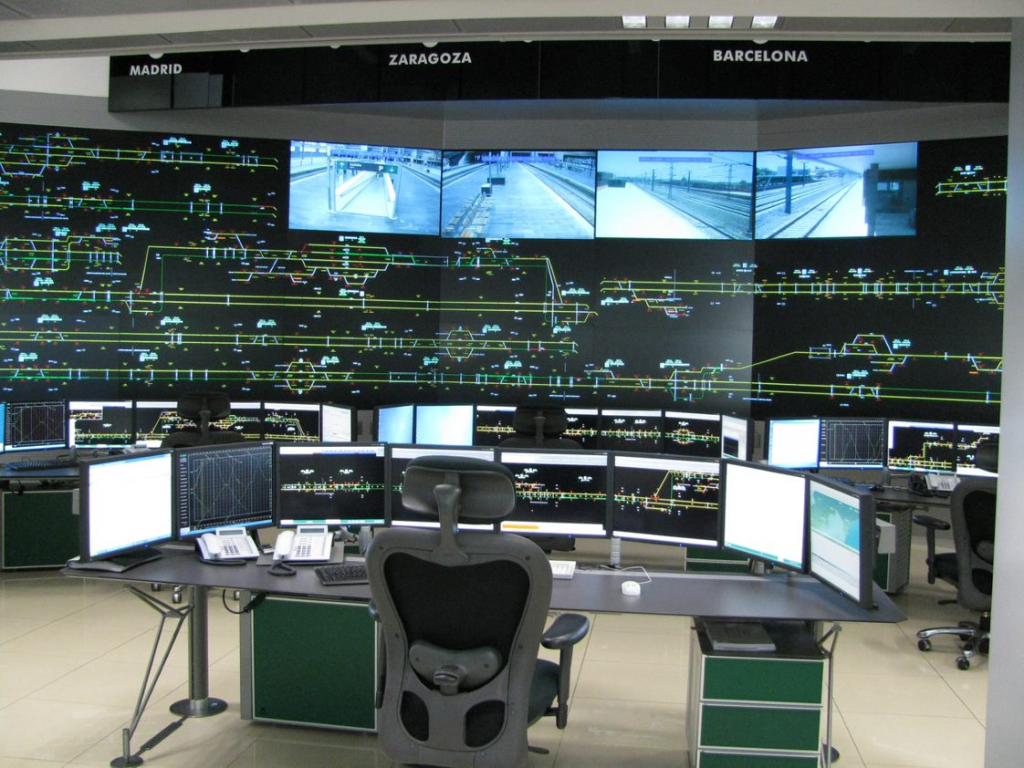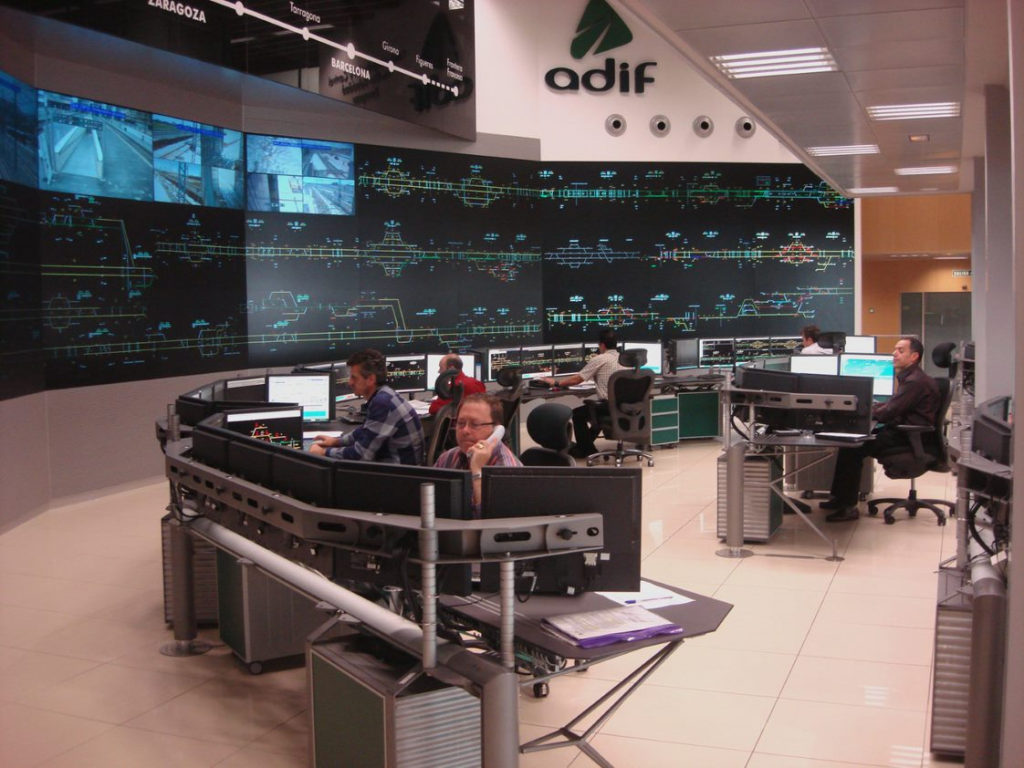In Spain we share the vision of the European Commission that the deployment of ERTMS is key in order to achieve a single railway area in Europe, with high safety standards and fully interoperable.
Accordingly, Spain is the Member State that has made the biggest efforts in the deployment of ERTMS, working from a very early stage in the introduction of the system in our high speed lines.Since the first contract was signed back in 2000, more than 3,000 km of our lines have been equipped with ERTMS, 1,500 additional km are about to start operating with ERTMS and 1,000 more km are planned.
These figures prove Spanish clear and firm commitment to the deployment and development of ERTMS, but, as pioneers, the path has not always been easy. The constant evolution of technical specifications makes the ERTMS deployment quite cumbersome. This is why, in Adif’s view, procedures, roles and responsibilities should be clearly defined from the beginning of the projects and a close cooperation among the different organizations involved in the ERTMS commissioning is essential.
A successful ERTMS deployment needs a follow-up team (including Infrastructure Managers, Railway Undertakings and National Safety Authorities) with a deep knowledge of the system. ADIF shares the dual objective of promoting standardization and continuing to encourage the evolution of the system. In order to accomplish this, we believe that any new initiative must be accompanied by a seamless transition strategy and a migration path that protects current investments during its life cycle and ensures that ERTMS deployment and operation are not jeopardized. It is vital to us to consider backwards compatibility and protection of investments when planning ERTMS at National Level.
Another key element of the deployment of ERTMS is the supplier chain. They need to develop innovative products and procedures that ensure the maintenance of their products and services. In this regard, in order to avoid overlaps and redundancies without compromising safety, Adif works on potential synergies and optimizations, promoting a simplified regulatory framework.
And last but not least, ERTMS deployment and maintenance costs are very high, and however we Spain and other European countries are committed to it, a long-term, stable European financing system is required if the EU really aims at reaching that single railway area in the coming years.
In conclusion, ERTMS is the system of the future, but it raises many issues that have been around for years and need to be addressed. From Adif, we will keep working alongside partners and stakeholders involved, together with the industry and developers, so that the deployment is efficient, fair for all and useful to the user.



